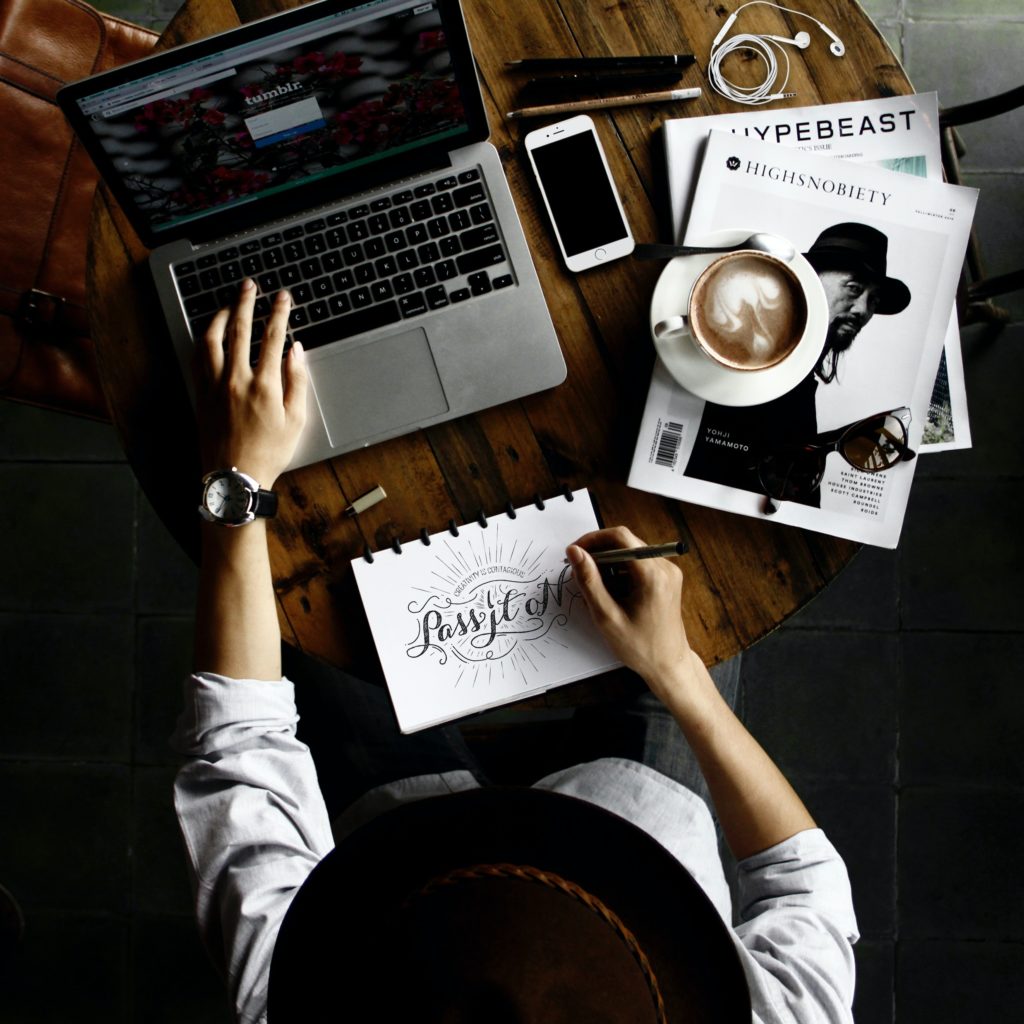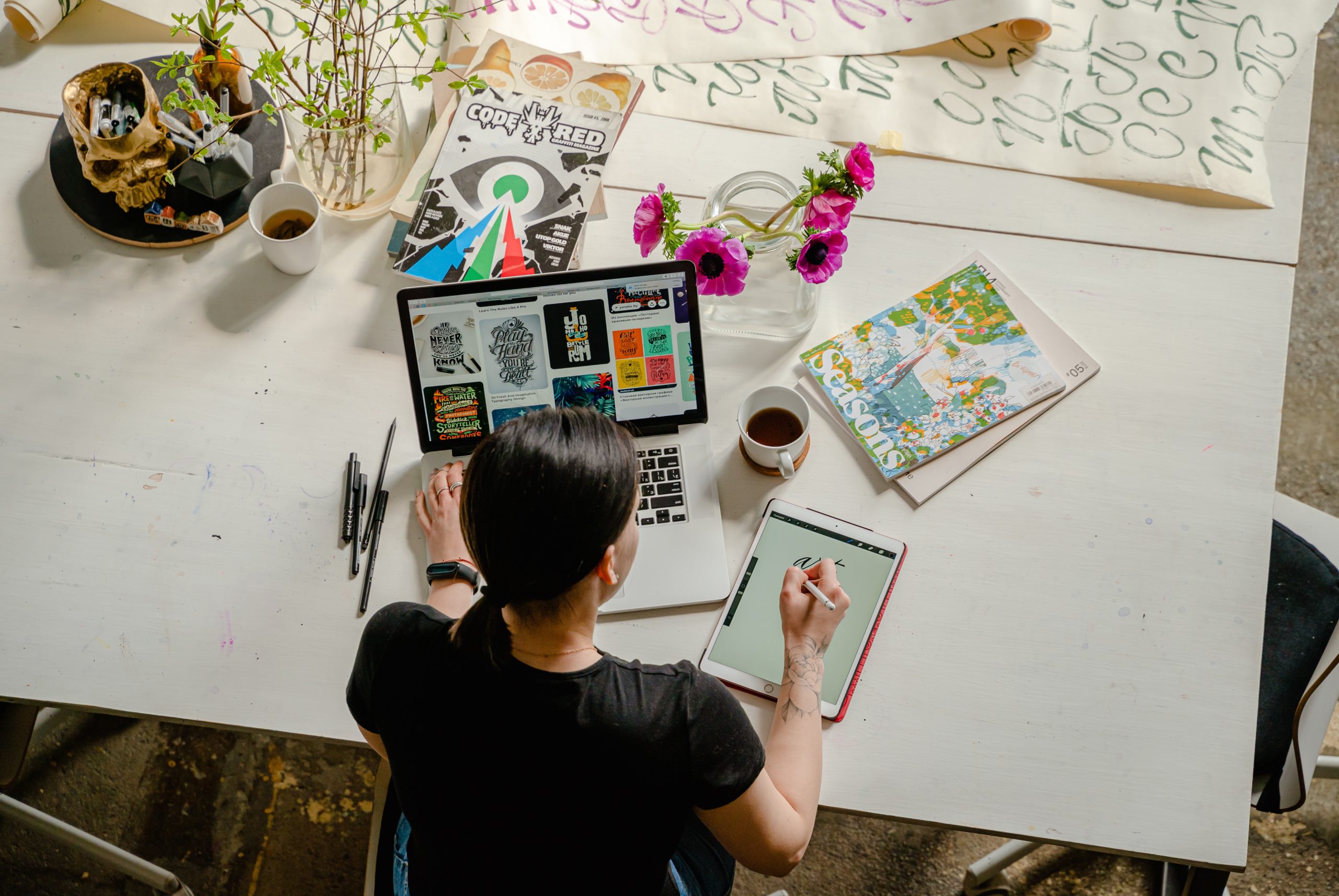Some may argue that graphic design is all about the client, but that is not entirely true. While the client’s desires and brand should be at the forefront of a design, there is always room for the designer’s personality.
Graphic design is an art form and like other art, it is difficult to keep style and personality from being expressed in the final design. Personality is the combination of characteristics or qualities that form an individual’s distinctive character. It is also the pattern of an individual’s thoughts, feelings, and behaviors. These thoughts, feelings, and behaviors play a major role in the creative process. A person’s personality is the first part of developing an idea and therefore, deeply intertwined with the final product.
The Importance of Personality in Design
Not only is personality in design inevitable, but it is also a necessary component in conveying ideas. Personality in graphic design helps humanize graphics allowing people to better connect with the ideas. One of the first examples of personality in design is the printing press. Before the creation of the printing press, manuscripts were written with quills and ink. A person could see the human touch in a manuscript that was handwritten. Johannes Gutenberg, the creator of the printing press, designed typefaces that resembled the calligraphic style of scribes. He wanted people to connect to his prints in a human way. The printing press was invented in 1436 but the humanizing design would continue to be an important part of graphic design.
Companies also understand the importance of their personality in their branding and design. Corporations spend a lot of money to humanize themselves. They put their values at the forefront of their branding and marketing. A company’s values are how they connect with their desired audience. Small businesses have a much easier time inserting their personality into their business but it still plays an important part in their branding and marketing. Many small businesses include handwritten thank you notes in their packages. Bigger companies such as Grove leave handwritten notes on their packages as well. These notes and other ideas are a great way to incorporate a company’s personality into the design and help them connect with their audience better.

Combining personalities
Designers are typically hired to do graphic design. This means the final products will end up reflecting both the designer’s and the company’s personality. This sounds like it would be an issue but oftentimes it is not. Typically, a company will hire a designer based on their previous work. In these cases, the company has already seen a designer’s personality in their portfolio and believes it would translate well to the company’s own brand. Also seeing personality in previous work can reassure potential clients that the designer knows how to connect to their audience in a humanist way.
Differences between client and designer personalities don’t always mean incompatibility. Remember personality and personal style aren’t necessarily synonymous. A designer’s personality can be shown through communication style or just the process of putting the design together. Like most things, the key to combining ideas is having good communication skills and being open to new ideas. Clients should trust the ideas of the designer and designers should always have the client’s best interest in mind. Sometimes the client and designer are really just incompatible. In these cases, it may be best for the client to work with a different designer. While losing a client is less than ideal, it is better to stay on good terms by suggesting a more compatible designer than completing a project that doesn’t connect to the right audience.
Conclusion
Personality in graphic design is necessary to connect with the desired audience. People connect with other people, so projects need to feel humanistic. Graphic design is typically for a client so both personalities are expressed in the final designs. In conclusion, don’t shy away from putting your personality into your work.
- The Future of Graphic Design in a Digital World - June 30, 2025
- How to Communicate Your Vision to a Graphic Designer Effectively - May 23, 2025
- Why Branding Matters: A Designer’s Perspective - April 17, 2025


0 Comments